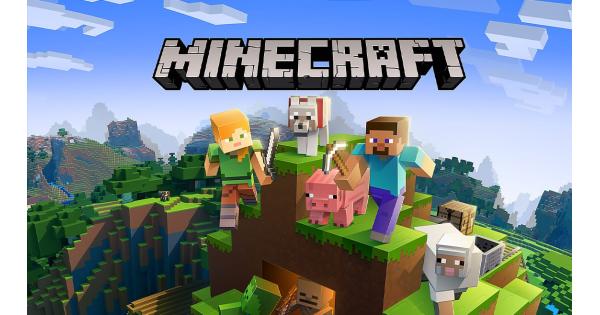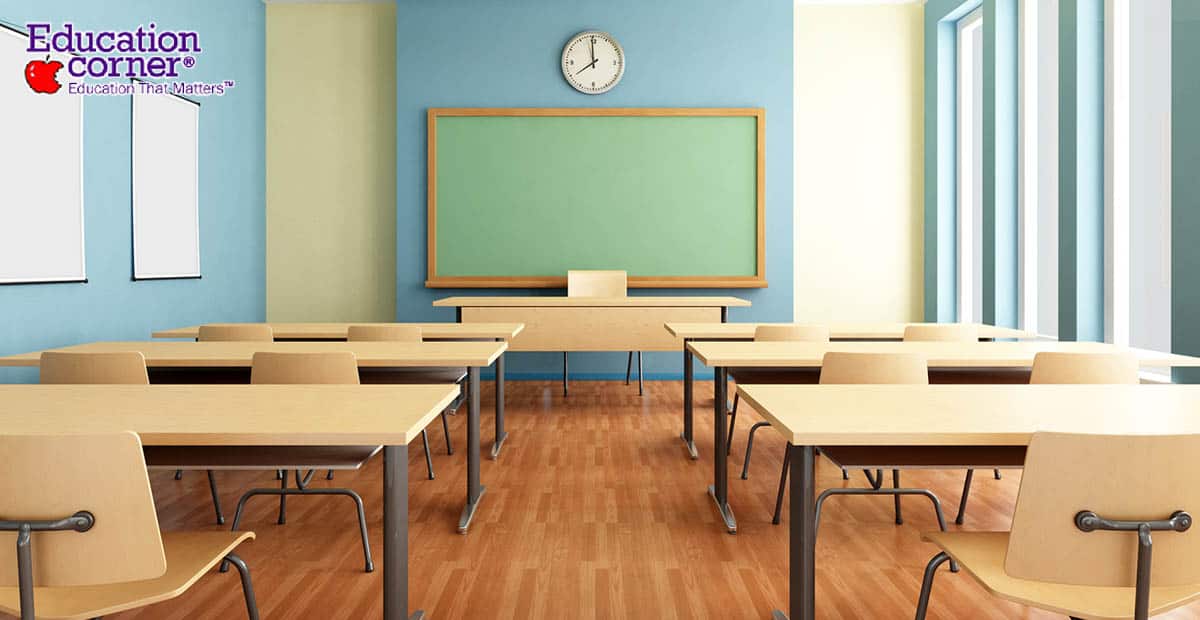This week our class got to go to the design lab which had an overwhelming amount of innovative learning resources. There were so many cool learning tools being introduced, I made sure to take notes of the ones I could see myself using in the future or just found super cool. Unfortunately, I decided to leave that entire notebook at the design lab. I have been trying to find it to get it back, but so far no luck. This means that this blog post is going to be about all the parts I can remember of the top of my head. I think this is going to add some excitement to this post, as its all the fun and cool ones that stuck with me of course.
When we visited the design lab we were able to look at two different ways of bringing diverse resources into the classroom. We started off by looking at the resources that have been designed for teachers to grab and use as they please. The second option we looked at was the design lab with Ryan Mackenzie. He would come into our future classrooms and introduce some cool resources to our students. The second option included some slightly more complex resources, hence why Ryan comes with it.
In the resource room, I found some really cool things to look at. The teachers have access to a stuffed bat and a great horned owl for the students to learn from. I could imagine looking at these when learning about owl pellets, which I remember doing in grade 5. It could also be used to teach kids about predators as both these birds are, despite how different they look. There was also a preserved cat’s digestive system. This is a great way to show kids how organs really look and the process of preserving them. The similarities and differences between a cat’s digestive system and a human’s can be studied to learn more about our own digestive system. They also had several models of different parts of the body, a hand, an ear, a skull, etc. That can come apart so that the students can study the different parts and functions of those parts. They even had one of my personal favorites adding bingo! They have a crazy amount of resources range from high tech to low tech, making it accessible to everyone.
In the design lab the resource that piqued my interest the most was Pixacade, where I designed my very own video game. Pixacade is a physical resource that pairs with an app. All you have to do is draw your name on a piece of paper and take a picture of it on the Pixacade app and play it in real time. It uses color coding to differentiate between the different parts of the game, like the moving parts, bad guys, collectables etc. The coolest part about this game maker that I found was that you do not have to restart your drawing if you make a mistake. For example, I made a maze-based game, but I accidentally made part of the maze to small for my character to fit through. Instead of restarting my drawing which is what I thought I would have to do, I was able to change the size of my character to fit through the maze. There are many customizable options in the app, some other cool features I found were enhancing my bad guys. I was able to make them shoot at me while I tried to complete the maze. I’m sure there are even more diverse options if I had some more time to play around with the app.
Another software I thought was super neat was keep talking and nobody blows up. this is a game designed to encourage teamwork. One students has the bomb and the rest have the codes to diffuse it. the student holding the bomb must explain it to their team, who will teach them how to diffuse it. I think this would be a super fun game at the beginning of the year to help the kids get to know to one another and create a team mentality in the classroom.








